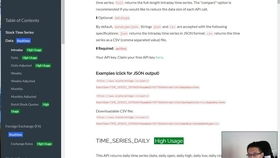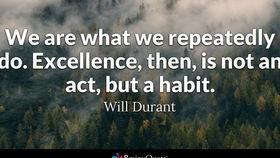How to Make Money Day Trading Crude Oil
Day trading crude oil can be a lucrative venture if you approach it with the right strategy and knowledge. Crude oil is a highly volatile commodity, and its prices can fluctuate significantly within a short period. In this guide, I’ll walk you through the essential steps and considerations to help you make money day trading crude oil.
Understanding Crude Oil Markets

Before diving into day trading, it’s crucial to understand the crude oil markets. Crude oil is a globally traded commodity, and its prices are influenced by various factors, including geopolitical events, supply and demand dynamics, and economic indicators.
Here’s a brief overview of the key aspects of the crude oil market:
| Factor | Description |
|---|---|
| Geopolitical Events | Events such as wars, sanctions, and political instability in oil-producing countries can significantly impact oil prices. |
| Supply and Demand | Changes in global oil production and consumption patterns can lead to price fluctuations. |
| Economic Indicators | Indicators like GDP growth, inflation, and currency fluctuations can influence oil prices. |
Choosing a Broker and Platform

Selecting the right broker and trading platform is essential for successful day trading. Look for a broker that offers competitive fees, reliable execution, and access to real-time market data. Some popular brokers for day trading crude oil include TD Ameritrade, ETRADE, and Interactive Brokers.
When choosing a platform, consider the following factors:
- Access to real-time market data and news
- Advanced charting tools and technical analysis indicators
- Customizable trading interface
- Mobile trading capabilities
Developing a Trading Plan

A well-defined trading plan is crucial for success in day trading. Your plan should include the following elements:
- Entry and Exit Strategies: Determine the criteria for entering and exiting trades. This may include technical indicators, price levels, and risk management rules.
- Risk Management: Set a maximum risk per trade and stick to it. Avoid over-leveraging and never risk more than you can afford to lose.
- Timeframe: Decide on the time frame you’ll be trading within, such as intraday, swing trading, or position trading.
- Market Analysis: Stay informed about market trends, news, and economic indicators that could impact crude oil prices.
Technical Analysis
Technical analysis is a key component of day trading crude oil. It involves analyzing historical price and volume data to identify patterns and trends that can help predict future price movements. Here are some popular technical analysis tools and indicators:
- Price Charts: Use line, bar, and candlestick charts to visualize price movements over time.
- Technical Indicators: Common indicators include moving averages, RSI (Relative Strength Index), MACD (Moving Average Convergence Divergence), and Bollinger Bands.
- Chart Patterns: Identify patterns like head and shoulders, triangles, and flags that can indicate potential price movements.
Psychological Factors
Day trading can be emotionally challenging, and it’s essential to manage your emotions effectively. Here are some tips to help you stay focused and disciplined:
- Stay Disciplined: Stick to your trading plan and avoid making impulsive decisions based on emotions.
- Keep a Trading Journal: Record your trades, including the rationale behind them, the outcome, and any lessons learned.
- Seek Feedback: Share your trading strategies with a mentor or join a trading community to gain insights and feedback.
Continuous Learning and Adaptation
The crude oil market is constantly evolving, and successful day traders are always learning and adapting. Stay updated with market trends, new trading strategies, and technological advancements. Attend webinars, read books



